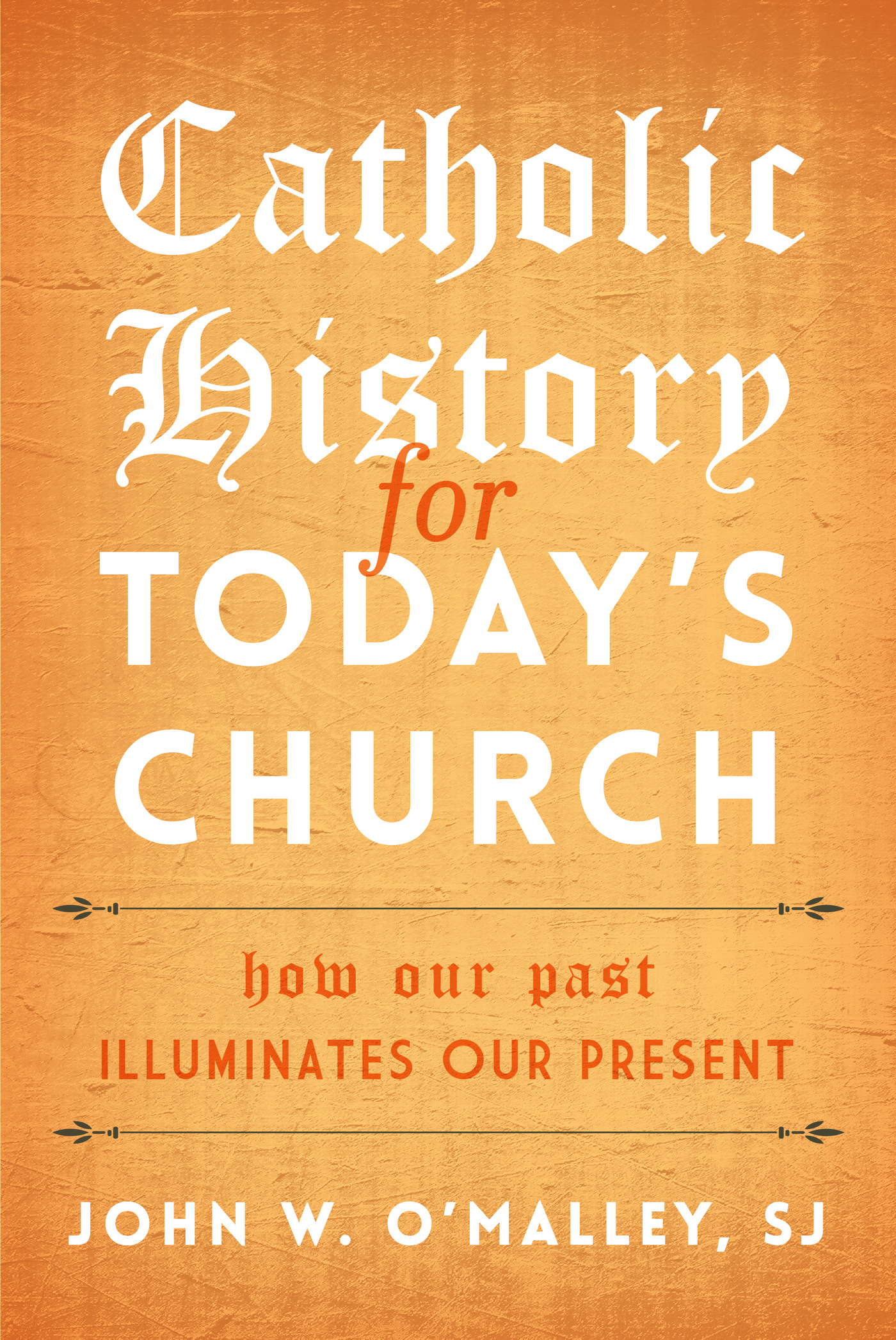Catholic History for
Todays Church
Catholic History for
Todays Church
How Our Past Illuminates Our Present
John W. OMalley, SJ

A Sheed & Ward Book
ROWMAN & LITTLEFIELD
Lanham Boulder New York London
Published by Rowman & Littlefield
A wholly owned subsidiary of The Rowman & Littlefield Publishing Group, Inc.
4501 Forbes Boulevard, Suite 200, Lanham, Maryland 20706
www.rowman.com
Unit A, Whitacre Mews, 26-34 Stannary Street, London SE11 4AB
Distributed by NATIONAL BOOK NETWORK
Copyright 2015 by Rowman & Littlefield
All rights reserved. No part of this book may be reproduced in any form or by any electronic or mechanical means, including information storage and retrieval systems, without written permission from the publisher, except by a reviewer who may quote passages in a review.
British Library Cataloguing in Publication Information Available
Library of Congress Cataloging-in-Publication Data
OMalley, John W.
Catholic history for todays church : how our past illuminates our present / John W. OMalley, SJ
pages cm
Includes index.
ISBN 978-1-4422-5002-4 (cloth : alk. paper) ISBN 978-1-4422-5003-1 (electronic)
1. Catholic ChurchHistory. 2. Catholic ChurchDoctrines. I. Title.
BX945.3.O43 2015
282.09dc23
2015006433
 TM The paper used in this publication meets the minimum requirements of American National Standard for Information Sciences Permanence of Paper for Printed Library Materials, ANSI/NISO Z39.48-1992.
TM The paper used in this publication meets the minimum requirements of American National Standard for Information Sciences Permanence of Paper for Printed Library Materials, ANSI/NISO Z39.48-1992.
Printed in the United States of America
The past is not dead. Its not even past.
William Faulkner, Requiem for a Nun
Introduction
This book is a collection of essays about aspects of the history of the Catholic Church. My title suggests the conviction that allows me to publish the articles under one cover. I wrote them not simply to satisfy readers curiosity about the past but also to help them see a contemporary problem or issue in historical perspective. In every case I explicitly or implicitly ask the question, So what for today? The conviction that underlies these articles, therefore, and that underlies virtually everything I have ever written, is that history, correctly presented, tells us how we became the people we now are and thus helps us deal with the present. History is more than an interesting pastime; it is serious business. It is especially serious business when its subject is the church.
That is how I understand my vocation as a church historian, and that is the motivation that has been at the center of my professional life from its very first moment. I study the past in order to help us live more wisely in the present. Whether we realize it or not, whether we like it or not, the past, for better or worse, holds us in its grasp. Decisions made yesterday, last year, or centuries ago have determined the contours of the world we live in. They have determined the contours of the church we live in. If we understand how, in great ways and small, we got to be the way we are, we have a new freedom in the choices that face us. But if we are ignorant of how we got to be the way we are, we are trapped within the given and are less free in our choices. We do not see alternatives.
The church is by definition a conservative institution. Its sole reason for existence is to pass on unadulterated a message received long ago. In that regard the church cannot change. We Catholics believe, in that regard, that it has not changed. It still proclaims the good news and to that extent has escaped the ravages of time. But the church is a historical reality. It lives in time and space. It lives in the lives of its members, each of whom is the product of a certain time and culture.
Et Verbum caro factum estand the Word was made flesh. Even if at one level the church transcends history, on another it is, like its Lord, incarnated in history. If so, it can be studied the same way any historical phenomenon can be studied. The church has had to make decisions, and its decisions have given it certain shapes or forms.
It has also had decisions made for it by others, and those decisions have likewise given it shapes and forms. For example, few decisions were more momentous for the church than Emperor Constantines decree granting it toleration, which led to his assuming a leadership role within the church. Not a pope but Constantine convoked the first ecumenical council, the Council of Nicaea, 325, and thus initiated a certain pattern of church-state relationships that persisted until definitively broken only by the decree On Religious Liberty of Vatican Council II.
It has been my privilege to dedicate my life to the study of the church, a truly remarkable institution. I have never tired of it. I am ever excited by it. No other institution in our world today has had a longer continuous history. No institution has had a richer or more complex history. It stretches across every culture from the ancient Hellenistic world centered in the Mediterranean basin to todays global, postmodern world. Its literature is in every language, ancient and modern. Its art and architecture embody a multitude of styles, both Western and other. Its members have been great saints and great sinners. Its claims sometimes reach beyond human comprehension, but at other times they could not be more lowly and human.
How can mere historians even begin to grapple with such a reality? They must, first of all, be humble and know that whatever they find in their research, they are discovering only a miniscule piece of the reality. Each historian needs to settle into a specialty and perfect the research tools appropriate to his or her specific subject. This is not a case of learning more and more about less and less, but rather a way to achieve a measure of precision in speaking about a particular aspect of the history of the church. With a firm grasp of one aspect of the history, historians are able to venture some generalizations and move beyond their specific focus to larger issues.
In my teaching I, like most American academics, have had to perform as both a specialist and a generalist. I have conducted seminars on closely defined subjects for advanced students but at the same time have been required to teach courses of much broader scope for other students. The articles in this collection reflect that reality. I originally specialized in the Italian Renaissance, fifteenth and sixteenth century, but eventually began to move into what is conventionally called the Counter-Reformationthe Council of Trent and all that! I prefer to call this complex era from the Renaissance to the Enlightenment Early Modern Catholicism. But whatever it is called, that is where I found and still find my first academic home. The articles in this collection reflect that focus.
However, while I was writing my dissertation in Rome on Giles of Viterbo, a sixteenth-century reformer of the Augustinian order, Vatican Council II was going on less than a mile from where I was living. Like everybody in Rome at the time, I was fascinated by that event, and I began to see parallels between what was happening in the twentieth century before my very eyes and what had happened in the sixteenth century that I was learning about from books. Although at the time I never expected to write professionally on Vatican II, I published my first article on it in 1971. I have continued to write about the council up to the present, as this collection shows.
Next page
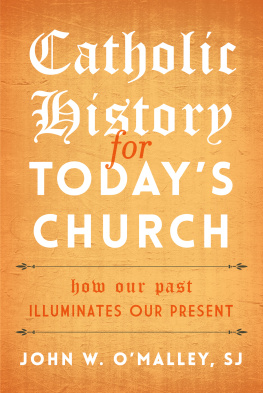
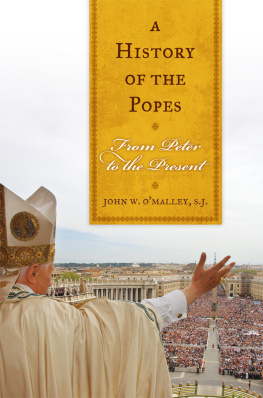

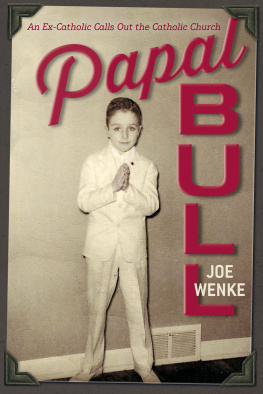
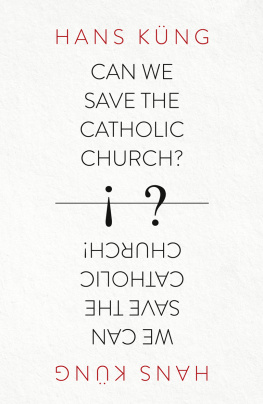

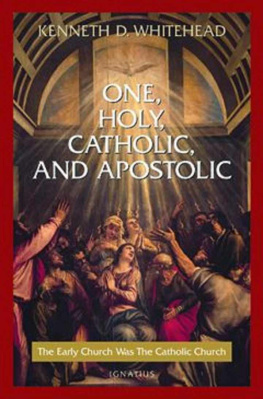

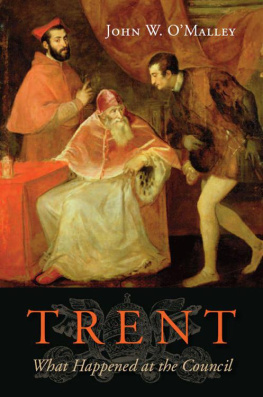
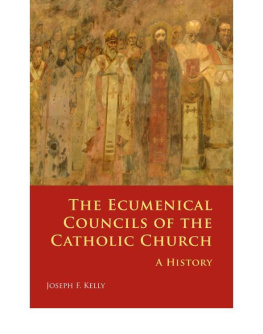
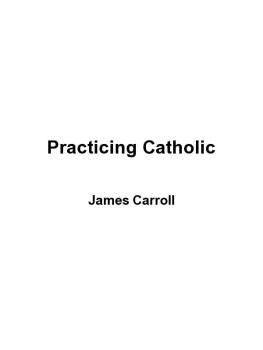
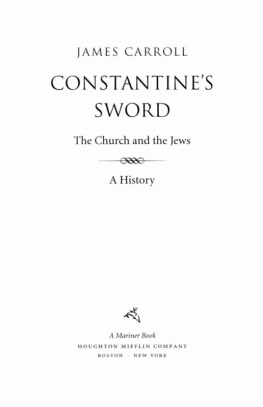


 TM The paper used in this publication meets the minimum requirements of American National Standard for Information Sciences Permanence of Paper for Printed Library Materials, ANSI/NISO Z39.48-1992.
TM The paper used in this publication meets the minimum requirements of American National Standard for Information Sciences Permanence of Paper for Printed Library Materials, ANSI/NISO Z39.48-1992.